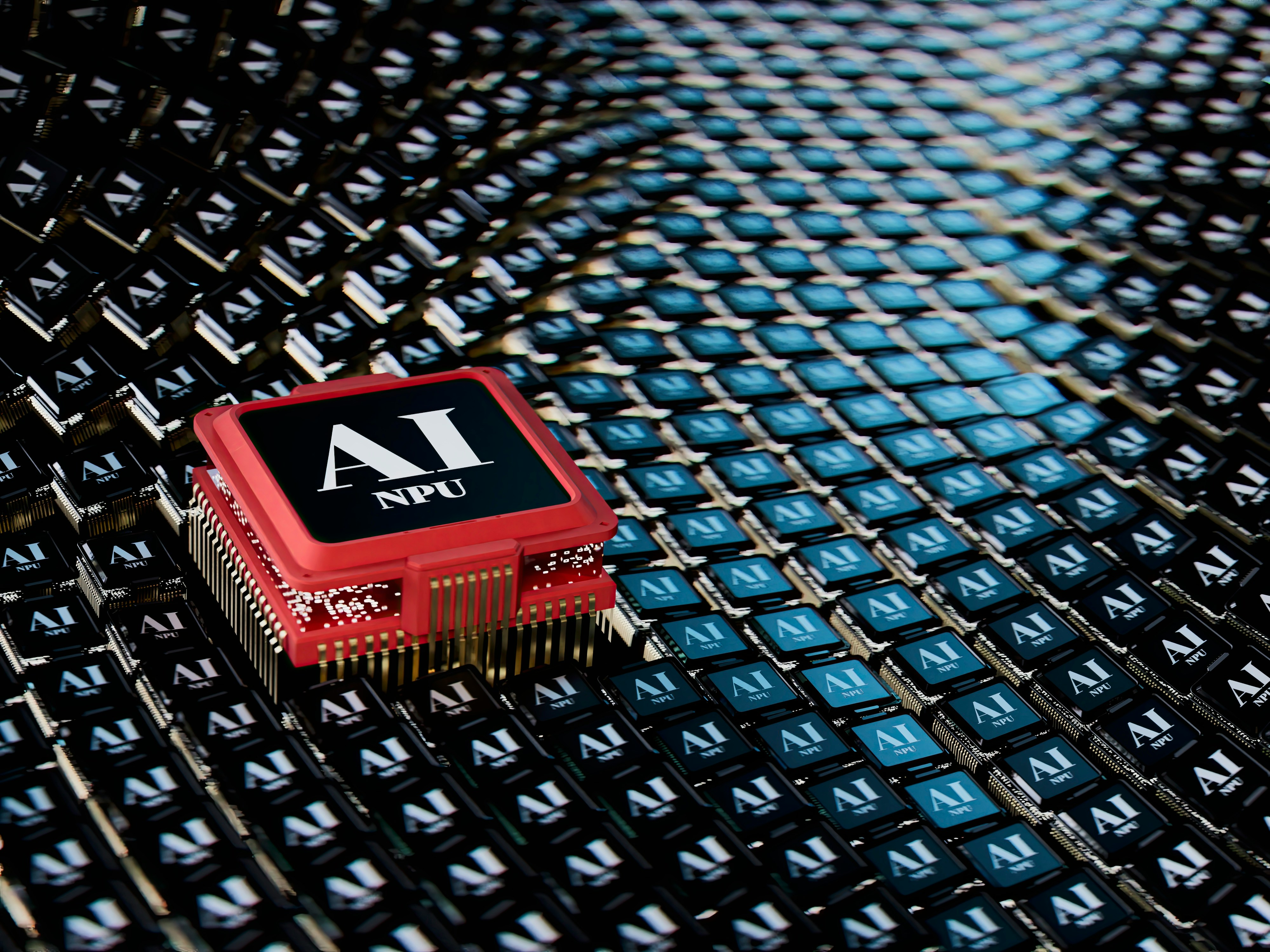What is RAG?
In today's data-driven business landscape, the challenge isn't just about having artificial intelligence – it's about having reliable artificial intelligence. While large language models (LLMs) have revolutionized how businesses interact with data, they often struggle with accuracy and current information. Enter Retrieval-augmented generation (RAG), a ground-breaking approach that's transforming how enterprises leverage AI for business intelligence and decision-making
Understanding RAG: The Evolution of AI Knowledge Systems
The journey to RAG began in the early 1970s with primitive question-answering systems that could handle narrow topics. Fast forward to 2011, when IBM Watson captured public imagination by defeating human champions on Jeopardy!, demonstrating the potential of AI in processing and retrieving information. Today, we're witnessing the next evolution with RAG, which combines the power of neural networks with dynamic information retrieval.
At its core, RAG addresses a fundamental limitation of traditional LLMs. While these models possess impressive parameterized knowledge – the patterns and relationships they learn during training – they lack the ability to access and verify current information. As Patrick Lewis, the pioneer behind RAG technology and now a team leader at Cohere, explains, "RAG represents a paradigm shift in how AI models access and utilize information."
Technical Foundation
RAG operates on a sophisticated architecture that combines several key components:
Neural networks that process and understand user queries
Embedding models that convert information into machine-readable vectors
Vector databases that store and retrieve relevant information
Information retrieval systems that connect these components seamlessly
The Business Case for RAG Implementation
Enhanced Accuracy and Reliability
One of the most compelling benefits of RAG for enterprises is its ability to reduce AI hallucination – those moments when AI models generate plausible but incorrect information. By grounding responses in verified external sources, RAG provides businesses with more reliable outputs for critical decision-making processes.
Real-World Applications
Major organizations across industries are already leveraging RAG to transform their operations:
Enterprise Knowledge Management
Automated documentation updates
Real-time policy compliance checking
Intelligent information retrieval across departments
Customer Support Optimization
Dynamic response generation from current product documentation
Consistent and accurate support across channels
Reduced response times with verified information
Research and Development
Accelerated innovation through better information access
Reduced duplicate research efforts
More accurate technical documentation
Leading Technology Players and Solutions
The RAG ecosystem is supported by major technology providers, each bringing unique capabilities to the table:
NVIDIA has emerged as a leader in RAG implementation with its comprehensive suite of tools and major cloud providers and tech giants are incorporating RAG into their offerings.
AWS has integrated RAG capabilities into its AI services
IBM is leveraging RAG to enhance its enterprise solutions
Microsoft, Google, and Oracle are developing RAG-based services
Specialized providers like Pinecone and Glean are creating purpose-built RAG solutions
Implementation Strategy and Best Practices
Technical Setup
Successfully implementing RAG requires careful consideration of several factors:
Infrastructure Requirements
High-performance computing resources
Scalable storage solutions
Robust networking capabilities
Knowledge Base Preparation
Document preprocessing
Vector embedding generation
Index optimization
Model Selection
LLM choice based on use case
Integration capabilities
Organizational Considerations
Beyond technical implementation, organizations need to address:
Team Structure
AI/ML expertise
Domain knowledge
Support and maintenance capabilities
Data Governance
Source verification protocols
Update procedures
Compliance monitoring
Performance Metrics
Response accuracy tracking
Retrieval speed monitoring
User satisfaction measurement
Future Outlook and Recommendations
The future of RAG technology looks promising, with several trends emerging:
Enhanced Natural Language Processing (NLP)
More sophisticated understanding of context
Improved multi-language support
Better handling of complex queries
Advanced Integration Capabilities
Seamless connection with existing systems
Real-time data synchronization
Enhanced security features
Strategic Recommendations for Businesses
Start Small
Begin with well-defined use cases
Establish clear success metrics
Scale based on validated results
Focus on Data Quality
Invest in knowledge base curation
Establish robust update procedures
Implement strong verification protocols
Build for Scale
Choose flexible architecture
Plan for increased data volumes
Consider future integration needs
Conclusion
Retrieval-augmented generation represents a significant leap forward in enterprise AI capabilities. By combining the power of large language models with dynamic information retrieval, RAG offers businesses a more reliable, accurate, and current AI solution. As organizations continue to navigate the challenges of digital transformation, RAG stands out as a critical technology for maintaining competitive advantage and driving innovation.
The question isn't whether to implement RAG, but how to implement it most effectively for your organization's specific needs. With major players like NVIDIA, AWS, and IBM leading the way, and continuous advancements in natural language processing and neural networks, RAG is positioned to become an essential component of enterprise AI strategy.




